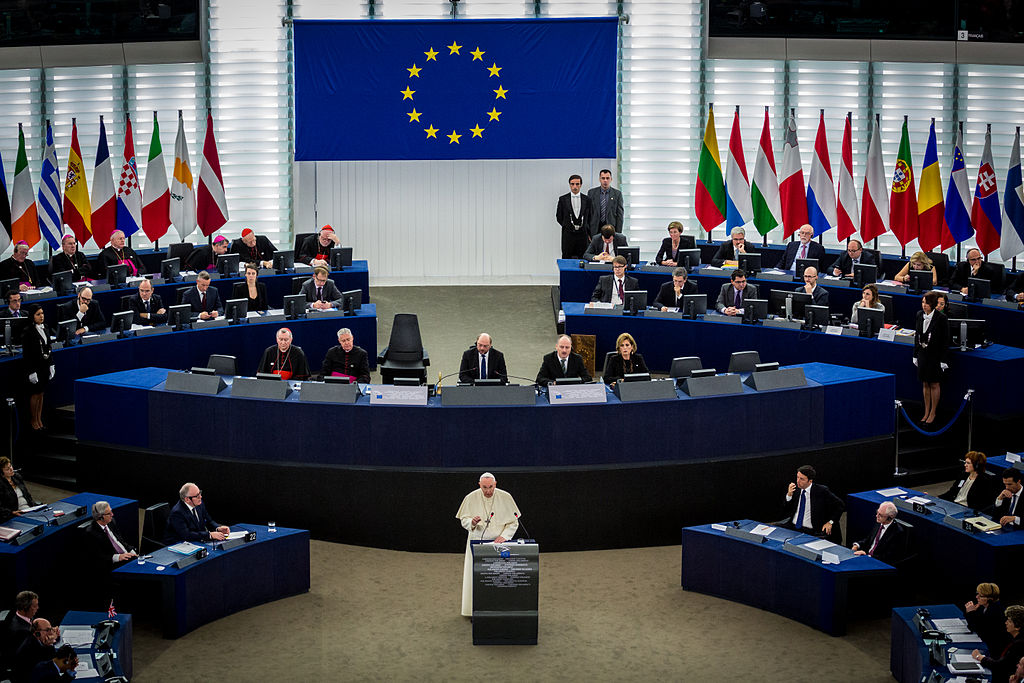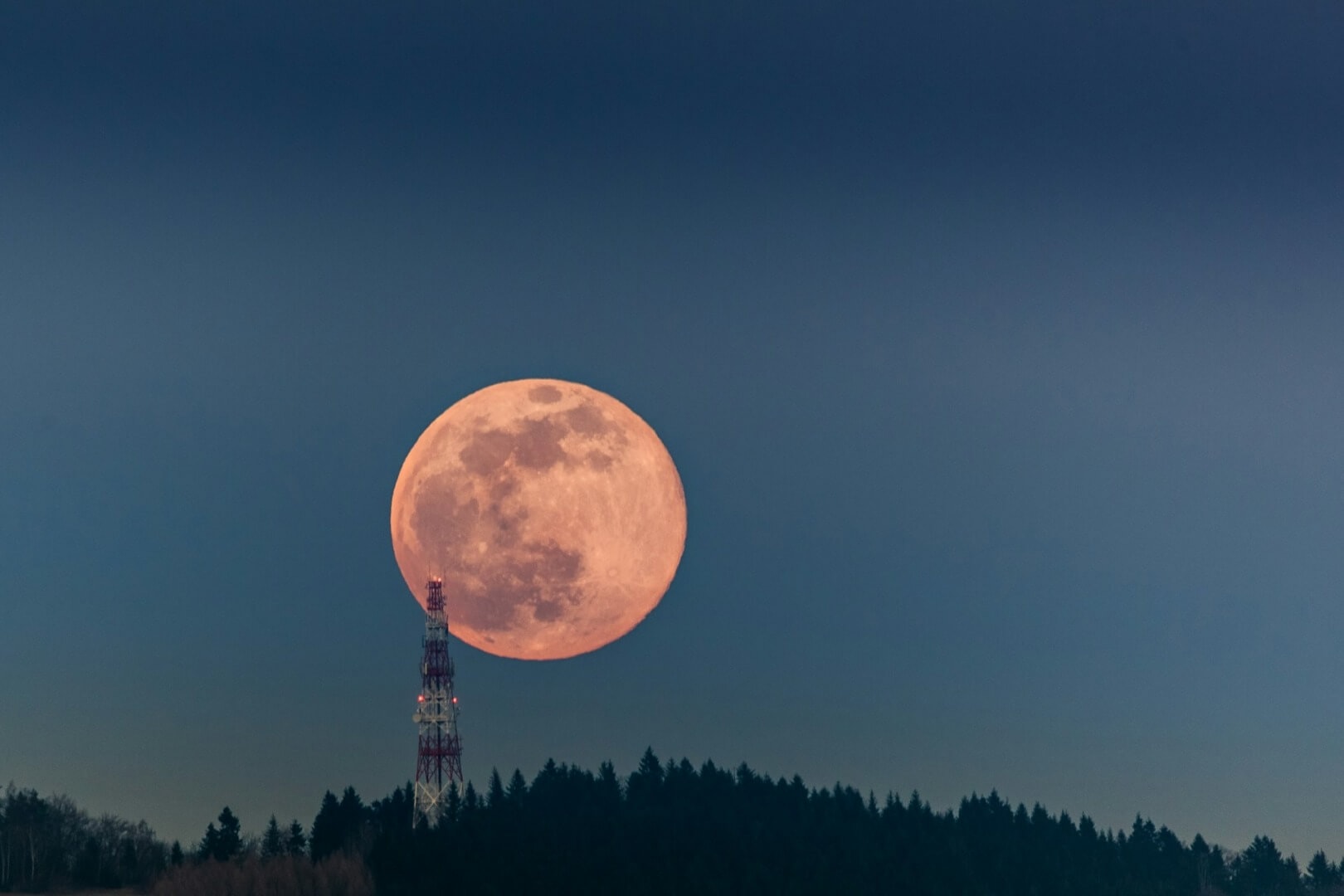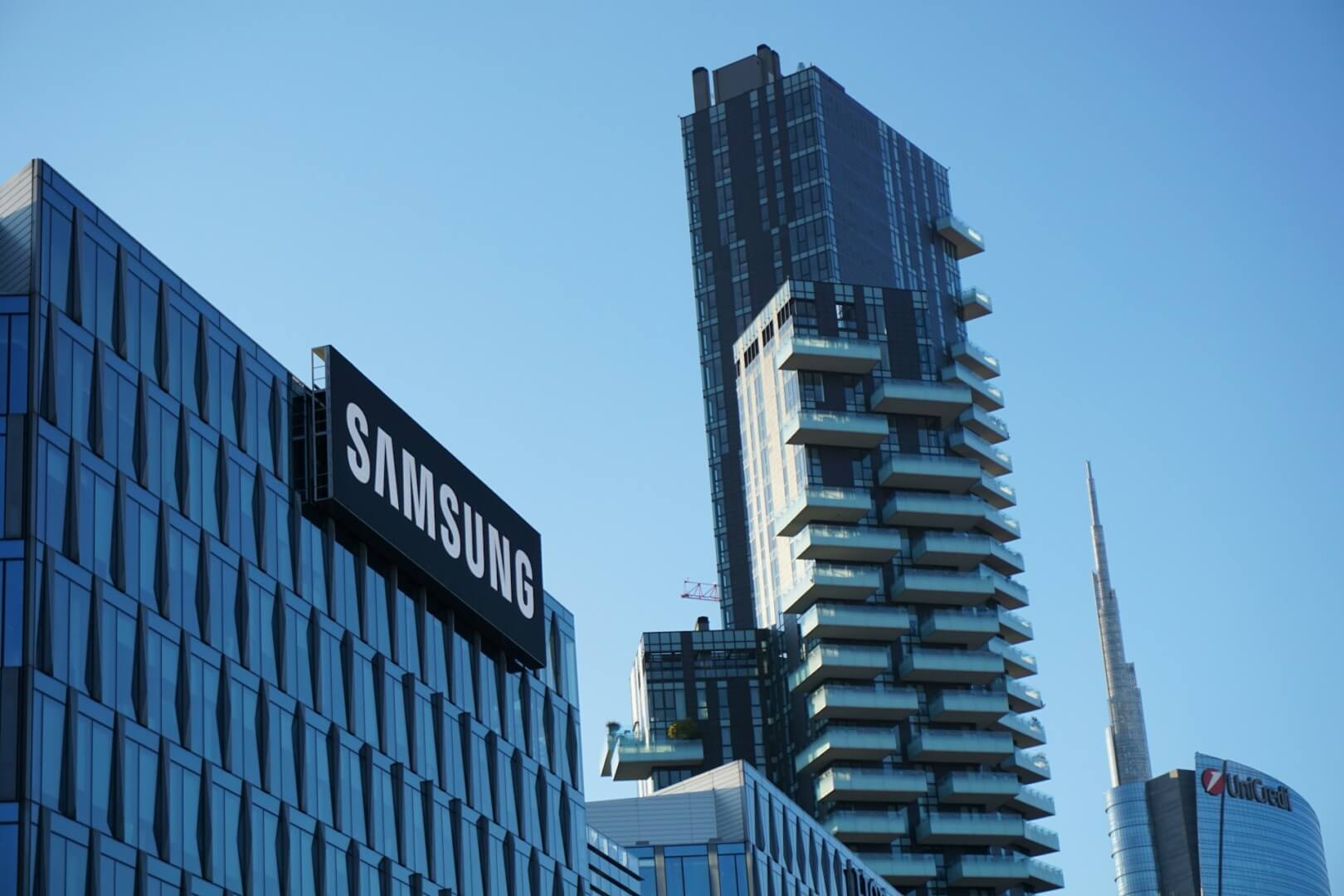According to estimates from the World Health Organization, over 250 million people across the world have some form of visual impairment. Within that group, around 217 million are believed to have moderate to severe vision impairment, while another 36 million are believed to be completely blind. While resources and communities have risen over the past few decades to provide support to these populations, visual impairment still poses its own set of unique challenges even today.
At the same time, there are close to 2.6 billion smart phone users in the world today, a figure that’s expected to leap to over 6.1 billion by 2020. Aware of this trend, and wanting to make an impact in the visually impaired community, Hans Jørgen Wiberg decided to found Be My Eyes to use the power of smart phone technology to lend another pair of eyes to those who needed them. The app, which utilizes video technology, connects users to sighted volunteers, who can then provide guidance and information on a variety of different needs. I interviewed Hans to learn more about his prior work, Be My Eyes’ versatility, and the impact of Be My Eyes on the lives of its users.
What was the original inspiration behind Be My Eyes?
I am visually impaired myself, and I have been working with the Danish Blind Association for a number of years, so I know a lot of blind people. I have blind friends, and I’ve been working with people with visual impairments, so I know a lot of the issues that come along with visual impairment. At some point I got myself an iPhone and I knew that it was possible to make something with it. Being visually impaired myself and working with other blind people was the inspiration.

In the Photo: Be My Eyes founder, Hans Jørgen Wiberg Photo Credit: Be My Eyes
I’m curious to ask now, what kinds of work have you done with the Danish Blind Association?
In the beginning I was working as a consultant. I was visiting blind people in their homes, telling them about new devices, how to get some education or learn some skills, and how to meet other blind people. Later on, I became the chairman for the blind people in my area, so I’ve been both a practical guy and also a political guy. I enjoyed both of those roles a great deal.
Be My Eyes allows sighted helpers to guide the blind and visually impaired, what kinds of tasks do they usually ask for help with?
A lot of different tasks, I can tell you that. Most of the them are inside the house, a lot of things in the kitchen, a lot of things related to computers, and a lot of things concerning temperature, like adjusting the air conditioning and coffee machines. In the good old days a coffee machine had one button, on or off, now you basically need a degree to make a cup of coffee!
Most of the machinery in a house is not accessible to the blind. Even the television, if you need to do a channel search you will need to have a pair of eyes to do that. Also, navigating surroundings can be incredibly difficult. Walking, finding a door or a specific house or shop, people are also using Be My Eyes for that.

In the Photo: A Be My Eyes user Photo Credit: Be My Eyes
It’s nice to see that there’s a lot of versatility with your product.
Just the other day, I received an email from a guy who has become elderly now, but had been an electrician for his entire life. He is completely blind and is using Be My Eyes to rewire his house. I was pretty amazed by that. He said that the color coding is the same all over the world, so if you know it you just need to know what color the wires are, and then you can do it right.
We’ve even had someone do a pregnancy test with Be My Eyes. She could do the test but she couldn’t read the results, so she was using Be My Eyes to have the results read to her.
Of course, when people are out shopping they use Be My Eyes to make sure they have the right food in the right place where they want it to be, to know what spice is in what box, and so on. Receipts and bus tickets, getting a letter and wanting to know if it’s something important. Instead of waiting until someone comes around, they can get those small things out of the way.
The use of video technology and a live connection with a sighted helper seems like something that could be replicated by others, what makes Be My Eyes unique comparatively speaking?
There are a number of other options, but we don’t really consider those other options as things that are “competing” with us. There is one app called TapTapSee, where you take a picture, upload it, and someone will say what’s on the picture. TapTapSee is a perfectly good solution if you are doing something on a daily basis. The hard thing about it is that is difficult to take a picture if you’re blind.
Then there are skilled people doing what we are using volunteers for, but in my opinion it’s a very high price to pay almost $100 a month to use this. The advantage for them is that they have skilled people, and they have a dashboard where you allow them to see where in the world you are, so that they can do more if you get completely lost or something like that.
However, we are worldwide, we are in 150 different countries, so that makes a difference. And we are completely free of any charge. We are very proud of being a free app, because our ambition is to help blind people all over the world. If you’re a blind person in Kenya you might be able to get a smart phone, and you might be able to get access to the neighbors’ WiFi, but you cannot charge them $10 a month. The same goes for a lot of other places, like India, Africa, poor people in the Middle East. In a lot of places, it’s really difficult to raise any money for a monthly subscription.
What kind of impact has Be My Eyes had on the lives of the blind and visually impaired?
We get a lot of emails, from users who are super happy about being able to use Be My Eyes. What I really love is that people are telling me that now they can do things they weren’t able to do before. Sometimes it comes from just knowing they can use it, maybe they don’t even use it but they know that they can, and they dare do things they wouldn’t do otherwise. That’s pretty amazing. It does make a difference, and that makes me extremely happy. Also, people are a little more confident going outside, because they know that if they get into some construction work they can use Be My Eyes to find their way around it. That is also what I’m hearing, people being a little bit more out and about.

In the Photo: A Be My Eyes volunteer Photo Credit: Be My Eyes
What do you hope the future of Be My Eyes will be?
We are super proud of our numbers, we have 46,000 blind people who have downloaded and used Be My Eyes, and we have more than 600,000 volunteers. This is pretty amazing, but when you look at the total number of blind people in the world, there are 285 million people out there, meaning that we have done basically nothing. So I really hope that we can expand a lot in the coming years, and I really believe that we can because of the rate that smart phones are spreading. I really hope that we can make a difference in a lot more people’s lives.
It’s amazing how sometimes I’m in real doubt over who I’m helping the most, because the volunteers are also extremely excited about being able to do this small but super important thing, like telling someone “this is your white shirt, you’re looking great, have a nice day,” or “yes your oven is at 200 degrees, you’re good to go,” etc. If I can have an app that is making some people’s lives a little easier and the volunteer’s life a little more fun or meaningful, then I think I’ve done well. It’s not that Be My Eyes is saving anybody’s life or anything, but it does make a difference in real people’s lives, and our volunteers are very excited about this small and easy way to do what I call “micro-volunteering”, because 90% of our calls are less than two minutes. For the blind it’s really about checking “am I doing what I think I’m doing? Is this what I think it is?” Blind people know what they’re doing, it’s just a matter of ensuring their sureness. If we can do that on a larger scale, then I’m happy.














